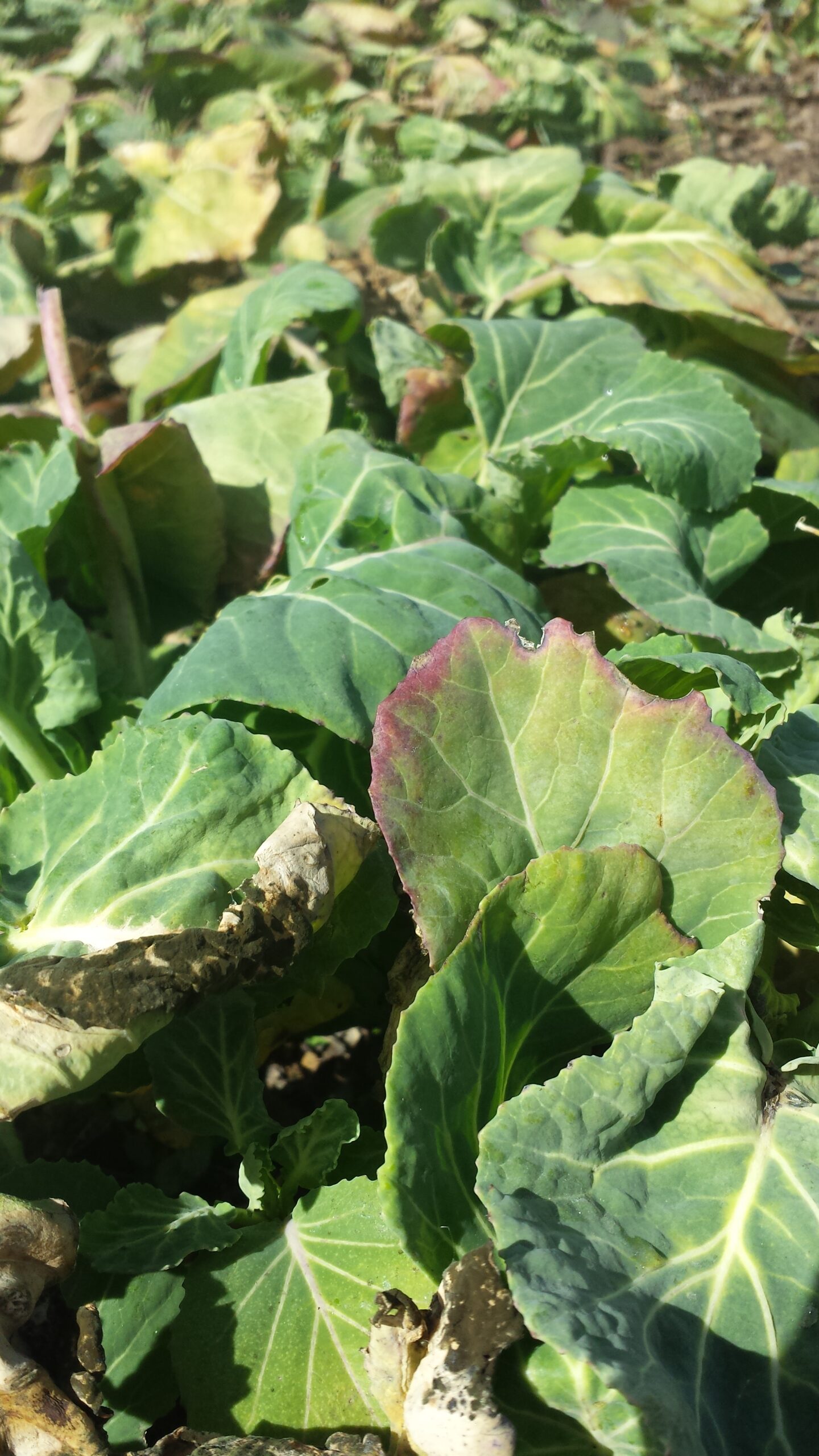By Jason Von Kundra from Sprouting Hope in Marion, VA
Well spaced harvests throughout the year is crucial for market gardeners selling at weekly Farmers’ Markets, CSAs and community gardens like ours. Volunteers at Sprouting Hope are invited to share in the harvest and having something to share is important to keep volunteers coming. This year we harvested turnips, spinach, kale, and collards at our first volunteer day of the season on March 14th using season extension techniques. We plan to utilize succession planting throughout the season to avoid gluts and shortages. Lets look at these practices more in depth.
Extending your season into the cold months involves the right choice of vegetables and material covers. Root vegetables such as beets, turnips, and Jerusalem artichokes can be grown during the cool fall season and harvested in the winter. Just like greens, these root vegetables sweeten with the freezing weather and store well in the ground throughout even January and February. Some of the most cold hardy greens such as spinach, tat soi, and other Asian greens can survive without cover through winter if established in the late fall. As spring begins, growth picks back up after winter dormancy allowing for early harvesting in March and April. Using row cover, cold frames, hoop houses and other material covers allows for more crops to overwinter such as lettuces and brassicas.
Succession planting is a technique of spreading out your seeding and transplanting to spread out your harvests. A few different strategies are consistent time spacing, following plant indicators, using growing degree days, and making a site specific calendar. The simplest way is to consistently space out the timing of plantings by a few weeks, with a shorter duration for plants with a short harvest window and a longer duration for plants with a long harvest window. Listening to your plants is another method. Some gardeners wait until they see the first set of true leaves on their bean plants to start the next succession. A third method is using growing degree days. Degree days is a tool that measures cumulative temperatures throughout the growing season. Check out the Growing Degree Days app by Farm Progress to track growing degree days in your area. The last and I believe most effective method is making a site specific calendar. The days to harvest listed on seed packets are determined by a spring planting with average to ideal conditions. Earlier plantings will typically have longer windows to harvest and later plantings will have shorter windows to harvest. Therefore if you want to spread out your first harvest date for your crop of beans by two weeks, you may plant three weeks apart in the beginning of the season and one week apart late in the season. By keeping records of planting dates and first harvest dates, try plotting this with your planting date on the x axis and first harvest date on the y axis. Plot points from year to year to increase accuracy and make a line of best fit with these points to determine the best time to plant to harvest on a certain day. Using these techniques can help spread out your harvests to provide consistent production and happy customers and volunteers.



Great post, Jason- a lot of very useful information here!
Those are neat apps, thanks Jason!